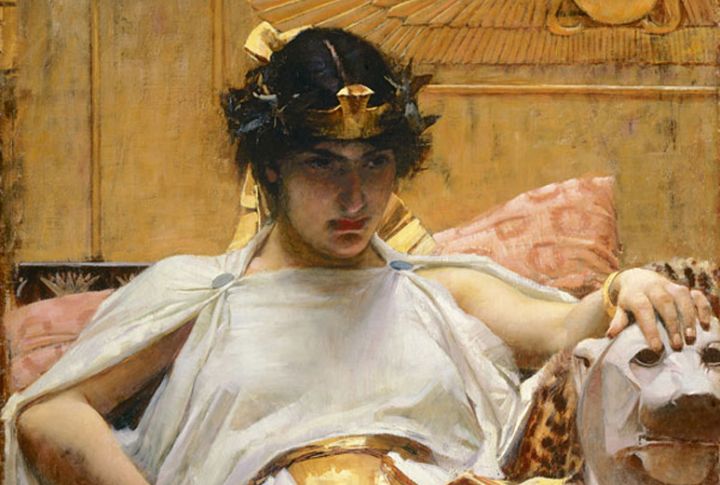
Few historical figures attract as much fascination as Cleopatra. Behind the myths and dramatizations stands a complex ruler whose influence reached well past beauty. Her story is shaped by culture, power, and legacy. These ten truths reveal the real woman behind the legend.
Cleopatra Was Macedonian By Heritage
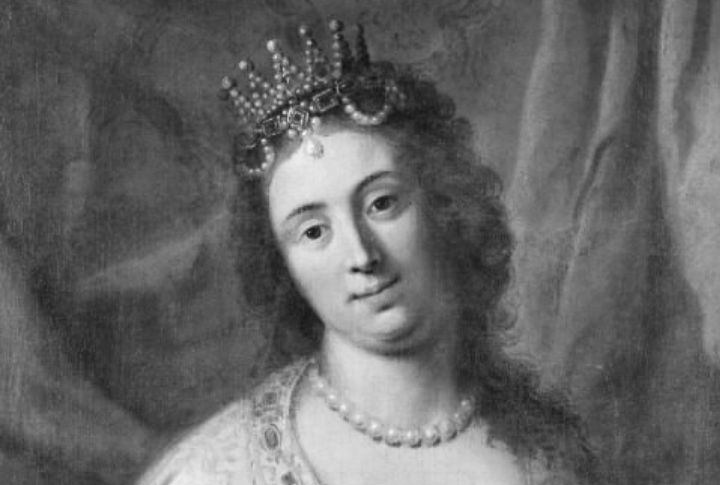
Cleopatra belonged to the Ptolemaic dynasty, a Greek lineage established after Alexander the Great’s empire was divided. Though she ruled Egypt, her ancestry is traced back to Macedonia. Her cultural identity was shaped by Hellenistic traditions, not native Egyptian roots, which often surprises modern-day readers.
She Spoke Egyptian While Her Ancestors Did Not

Unlike earlier Ptolemaic rulers, Cleopatra learned the Egyptian language. Her predecessors relied on Greek for governance. She connected with her subjects by speaking their tongue, becoming a rare monarch in her line to bridge the cultural divide through language, education, and intentional communication.
Cleopatra Was Involved In Her Siblings’ Downfall
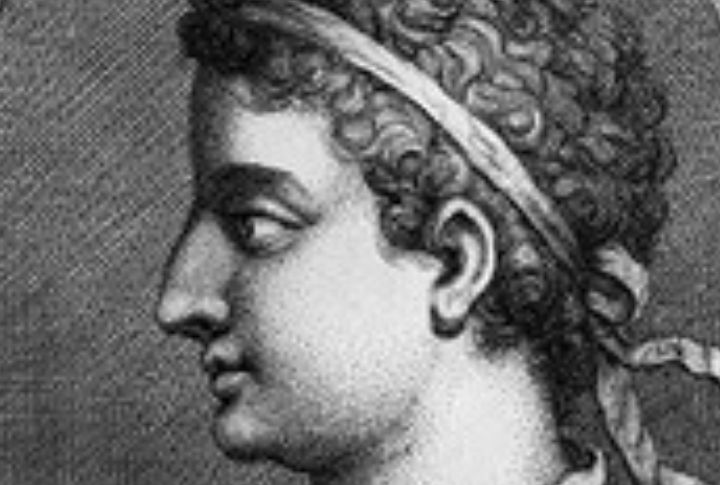
Power struggles within Egypt’s royal family often turned deadly. Cleopatra’s co-rule with her brother Ptolemy XIII ended in a civil conflict. Later, her younger sister, Arsinoe IV, was executed at her request. These events highlight her fierce pursuit of authority and control over succession.
Her First Encounter With Caesar Was Carefully Orchestrated
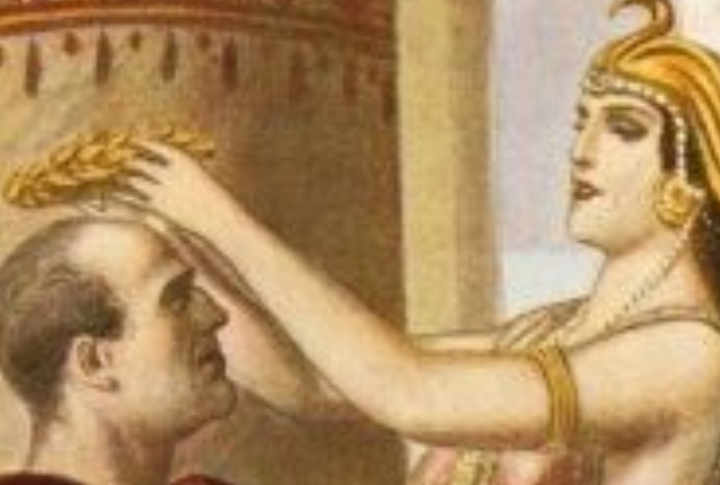
Cleopatra’s first meeting with Julius Caesar was planned, not spontaneous. To surprise him, she had herself smuggled into his quarters—some say in a rug, others in a linen sack. The dramatic entrance impressed Caesar and showed her flair for strategy as she worked to regain her throne.
Her Intelligence Outshone Her Appearance

Though remembered for her beauty, Cleopatra’s real power came from her intellect. She studied philosophy, astronomy, and medicine. Fluent in several languages, she negotiated with empires and held her own among Rome’s sharpest minds. Her education and wit played key roles in her enduring influence.
Her Alliance With Antony Was Rooted In Politics
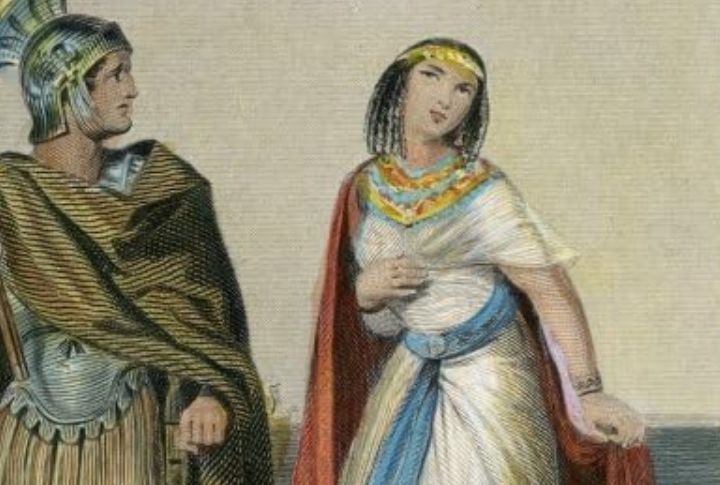
To secure Egypt’s future, Cleopatra formed a powerful alliance with Mark Antony. Their connection offered more than affection—it brought military support and political influence. By linking their empires, they created a partnership that blended diplomacy and a shared stake in Rome’s shifting power.
She Positioned Herself As A Living Goddess
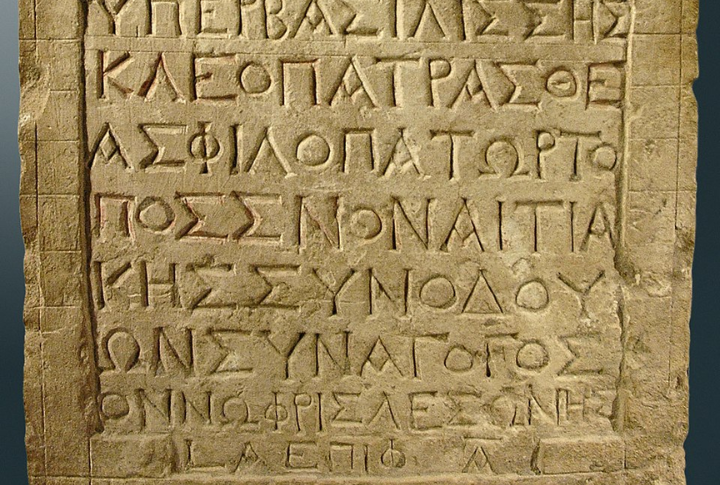
Cleopatra portrayed herself as the embodiment of Isis, Egypt’s mother goddess. This divine association elevated her status beyond politics, and the religious imagery appeared in coins, statues, and ceremonies. By intertwining faith and leadership, she reinforced loyalty among Egyptians and legitimized her rule.
The Story Of The Snakebite Is Disputed
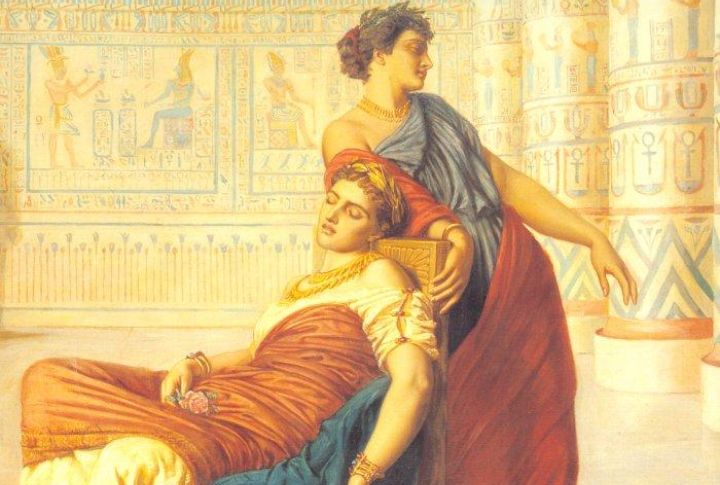
Popular tales say Cleopatra ended her life using an asp hidden in a basket. However, some historians doubt the method. Alternative theories suggest poison or a deliberate Roman execution. The snakebite narrative remains compelling, but the evidence supporting it is mainly symbolic, not definitive.
Roman Propaganda Twisted Her Image
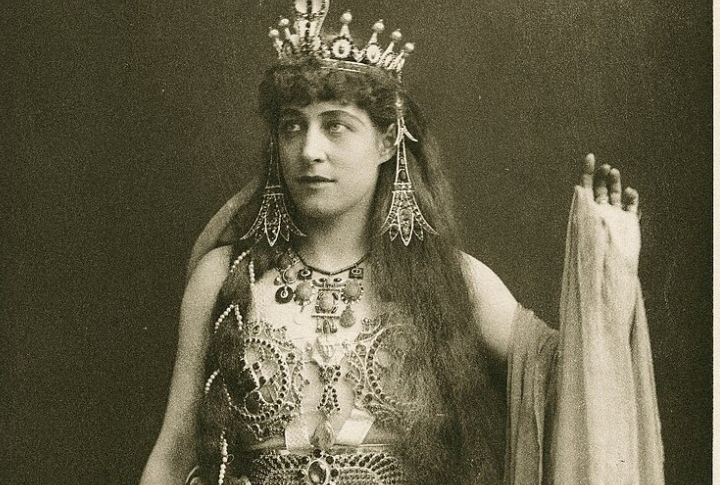
After her demise, Roman writers portrayed Cleopatra as manipulative and immoral. This depiction served political aims, especially for Octavian and later Augustus. He framed her as a foreign threat to justify conflict. These accounts distorted her legacy, focusing on scandal instead of governance.
Her Burial Site Remains One Of History’s Mysteries

Cleopatra and Mark Antony’s final resting place has never been found. Ancient texts suggest burial near Alexandria, but no confirmed site exists. Archaeologists continue searching for it to this day. The mystery adds attraction to her story and leaves one last chapter of her life untold.

